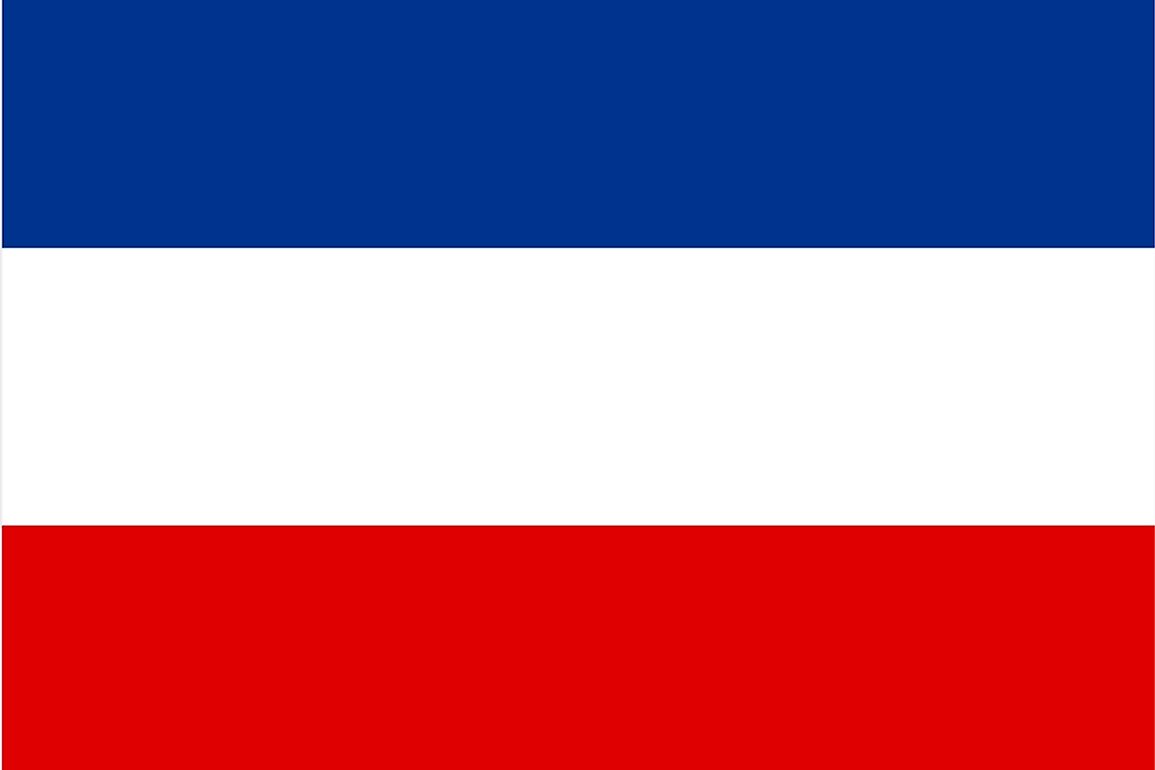What Are The Pan-Slavic Colors?

The Slavic people are Europe's largest ethnic group with a population of more than 360 million people spread out across 13 countries. Blue, white, and red were chosen as the Pan-Slavic colors at the height of the Pan-Slavic movement in 1848. The colors were selected by Pan-Slavic Congress of 1848 and drew inspiration from the Russian flag. The participants of the Congress could have also drawn inspiration from the colors used during the French revolution. Several Slavic countries use the colors in their national flags such as Croatia, Czech Republic, and Yugoslavia.
The History of the Pan-Slavic Movement
The French Revolution greatly influenced European ethnic groups such as the Slavs making them develop not only a stronger sense of unity, but also a distinct identity. Vinko Pribojević was the founder of the Pan-Slavic ideology, and he recorded his thoughts in his most famous work On the Origin and Glory of the Slavs. This work greatly influenced the Pan-Slavic movement with writers such as Mavro Orbini drawing inspiration from the writings. The city of Prague played a significant role in Pan-Slavic history as intellectuals gathered to study the history and language of the various Slavic groups. In June 1848 František Palacký organized the first Pan-Slavic Congress. In spite of the numerous challenges faced by the Congress, they pronounced a Manifesto to the Nations of Europe in which they called for a halt to the victimization of the Slavic people. The 1848 Prague uprising caused the Congress to come to an abrupt end. Some of the participants in the congress were arrested after martial law was established as a response to the uprising. During the First World War, Slavic people were indiscriminately persecuted due to the fear of Pan-Slavism.
Pan-Slavism in the Modern Era
Pan-Slavism was a popular idea during the time of communism to ensure the unity of the Russian Soviet state. However, after the communist ideology fell, the only legacy of Pan-Slavism that remained was through a shared culture and heritage. The legacy of the Pan-Slavic movement had been tainted due to its association with communism. Attempts at creating a union of the Slavic countries is met with resistance due to the fear of domination by Serbia and Russia because of their greater economic power. Most Slavic countries have different relationships with one another preferring not to engage in the formation of a regional political bloc. In the respective countries, Pan-Slavism is only popular among a small group of people with the exception being in countries like Serbia. The Slavic people have similar languages which have led to the emergence of Pan-Slavic languages to facilitate communication between Slavs with the most widely used being Interslavic.
The Importance of the Pan-Slavic Colors
Color is one of the most important tools when communicating a message or crafting an ideology. The colors chosen to represent the Pan-Slavic ideology had a long history to the Slavic people beginning in the ninth century. Red stood for the blood that had been shed during battles for their freedom, white represented purity, and peace while blue represented honor.











